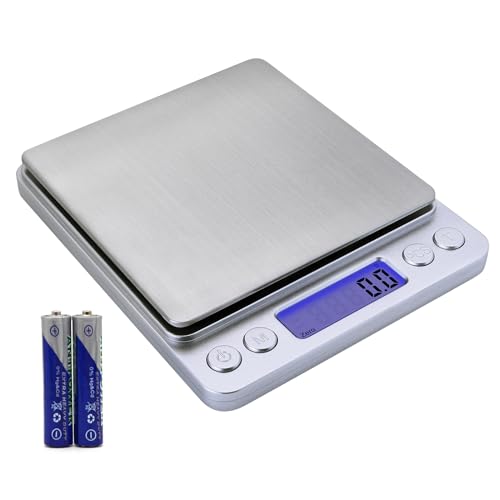Hello,
We have had issues with partial gel phase no matter what we did so we started to force gel phase by putting our soap in the oven. This was recommended by a friend that also makes cp goats milk soap and forces gel phase.
First heated oven to 95 degrees (bread proofing setting) then shut off. Now the last couple batches have cracked.
50% olive oil
6.25% castor oil
28.75% coconut oil
15% shea butter
10.3 oz goats milk
4.6 oz lye
All liquids are 75-85 degrees when mixed.
2oz fragrance from brambleberry
2- teaspoons sodium lactate added to lye solution
Spray of alcohol on top
One of the first batches with this method got too hot when going through gel phase and the milk burnt.
Any thoughts?
We have had issues with partial gel phase no matter what we did so we started to force gel phase by putting our soap in the oven. This was recommended by a friend that also makes cp goats milk soap and forces gel phase.
First heated oven to 95 degrees (bread proofing setting) then shut off. Now the last couple batches have cracked.
50% olive oil
6.25% castor oil
28.75% coconut oil
15% shea butter
10.3 oz goats milk
4.6 oz lye
All liquids are 75-85 degrees when mixed.
2oz fragrance from brambleberry
2- teaspoons sodium lactate added to lye solution
Spray of alcohol on top
One of the first batches with this method got too hot when going through gel phase and the milk burnt.
Any thoughts?












































